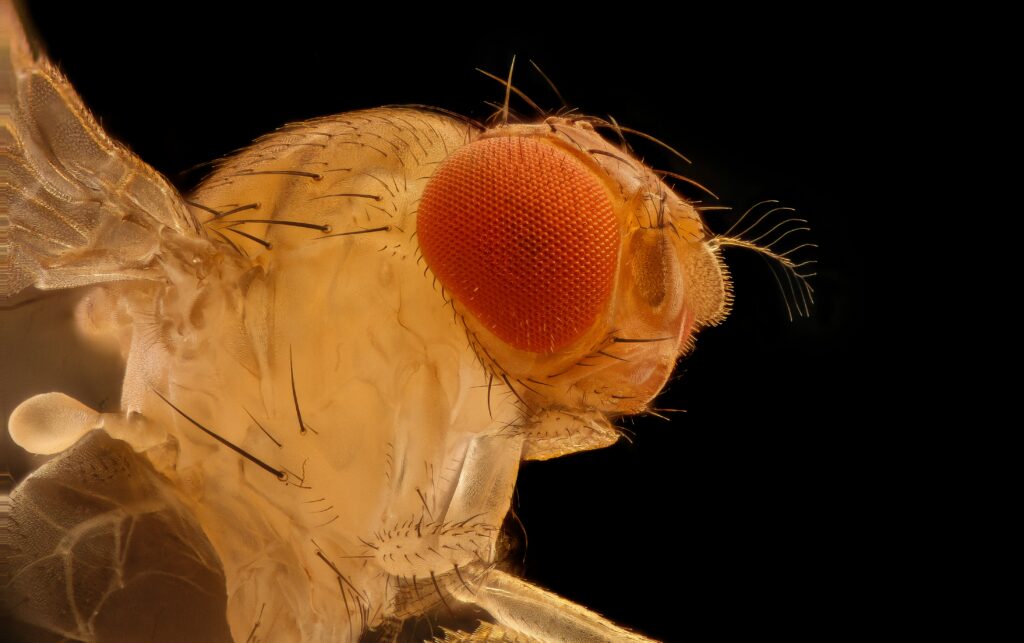Picture this: you’re sitting in your garden, watching a bee navigate from flower to flower with remarkable precision. It seems to know exactly where it’s going, pausing at some blooms while completely ignoring others. For a split second, you wonder—is there something more happening inside that tiny head than just mechanical programming? That simple question has sparked one of the most fascinating debates in modern neuroscience, challenging everything we thought we knew about consciousness and the minds of the smallest creatures on Earth.
The Remarkable Case of Pain Responses in Insects
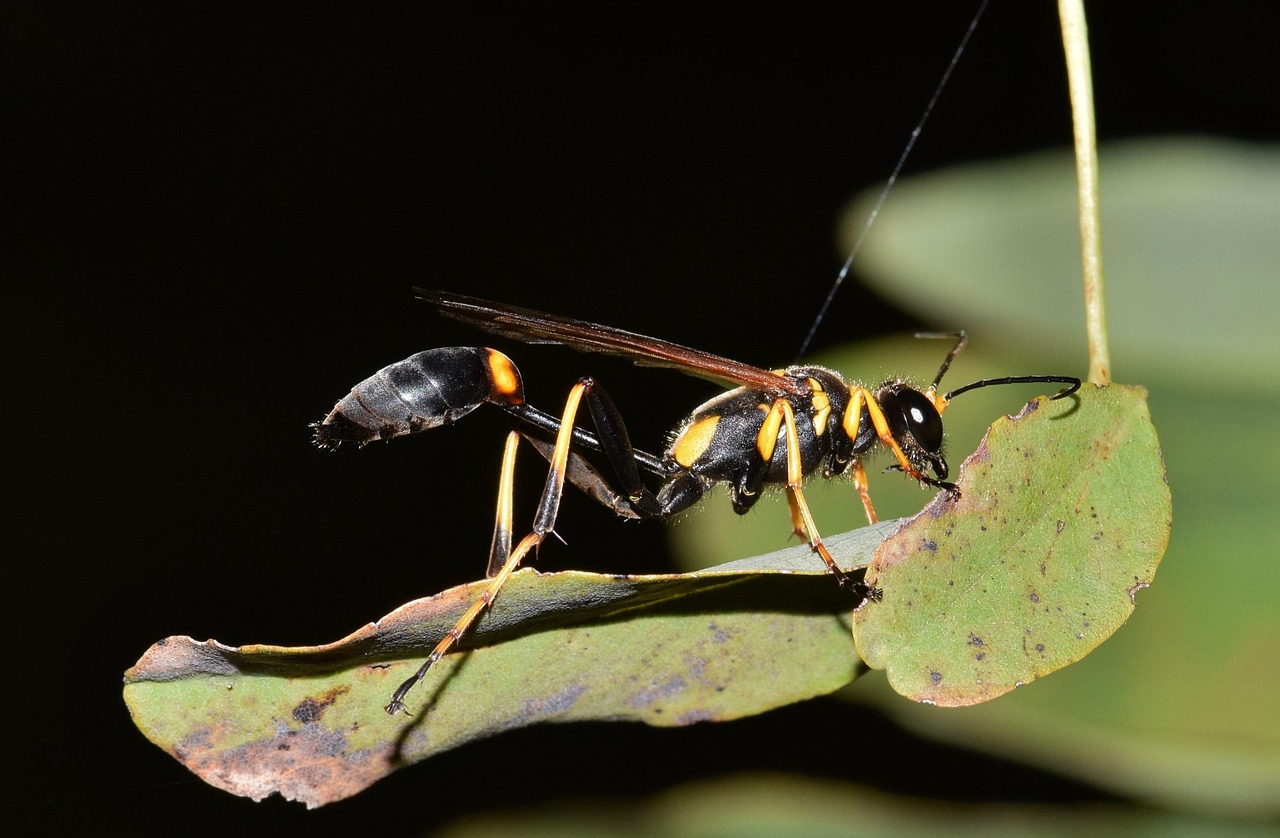
When researchers first noticed that insects react to harmful stimuli in ways that go beyond simple reflexes, the scientific community took notice. Unlike the automatic jerk of your hand from a hot stove, insects display complex behaviors that suggest they might actually experience something we could call pain. Fruit flies, for instance, will favor an uninjured leg over a damaged one for hours after an injury, even when the reflexive response should have worn off. This isn’t just a mechanical response—it’s a sustained behavioral change that suggests the insect is making decisions based on its internal state. Even more intriguing, when given pain-relieving medication, these same flies return to normal movement patterns, hinting at subjective experiences we never imagined possible in such tiny creatures.
Tiny Brains, Big Questions About Processing Power
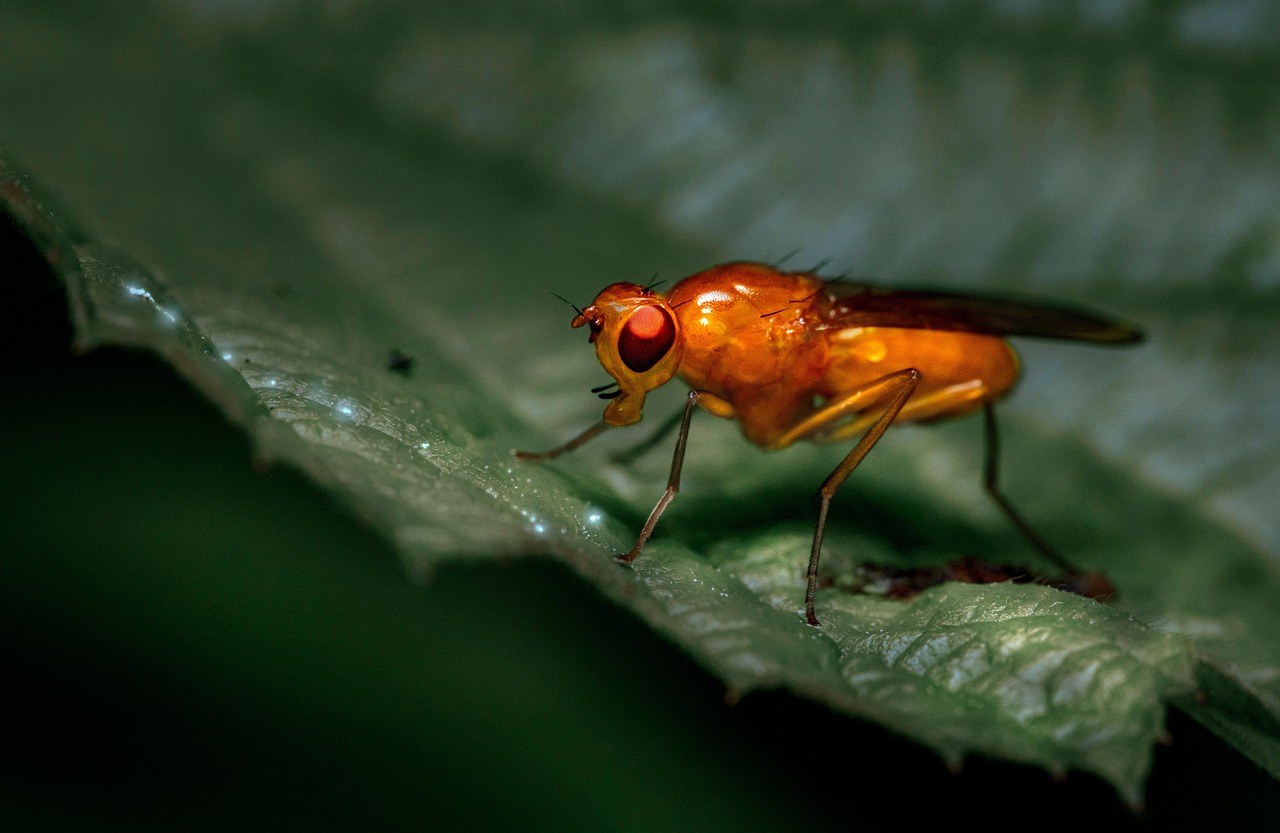
The human brain contains roughly 86 billion neurons, while a fruit fly’s brain has about 100,000—that’s nearly a million times smaller. Yet this miniature neural network manages to coordinate flight, navigation, mating, feeding, and complex social behaviors with stunning efficiency. Think of it like comparing a massive supercomputer to a smartphone—both can perform incredible tasks, just with different approaches and capabilities. Recent studies have shown that these compact brains use neural circuits in remarkably sophisticated ways, with some insects demonstrating problem-solving abilities that rival much larger animals. The efficiency of insect brains challenges our assumptions about what constitutes the minimum neural requirements for consciousness, forcing scientists to reconsider whether size really matters when it comes to awareness.
The Mushroom Bodies: Nature’s Learning Centers
Deep within insect brains lie structures called mushroom bodies, which function as sophisticated learning and memory centers. These neural clusters, found in everything from ants to bees to flies, process sensory information and store memories in ways that parallel the hippocampus in mammals. Bees use their mushroom bodies to remember the locations of profitable flowers, the time of day different plants release nectar, and even the faces of researchers who have studied them. Fruit flies can learn to associate specific odors with rewards or punishments, forming lasting memories that influence their behavior for days. When scientists damage these mushroom bodies, insects lose their ability to learn new tasks and forget previously acquired skills, providing compelling evidence that these structures support something more complex than simple programmed responses.
Sleep and Dreams in the Insect World
Perhaps nothing challenges our preconceptions about insect consciousness more than the discovery that these creatures sleep—and possibly even dream. Bees enter periods of reduced activity with lowered responsiveness to stimuli, decreased body temperature, and a characteristic drooping of their antennae that remarkably resembles human sleep postures. When deprived of sleep, bees show impaired learning abilities and decision-making skills, just like sleep-deprived humans. Even more fascinating, sleeping insects sometimes move their legs and antennae in patterns that mirror their waking activities, leading researchers to speculate about insect dreams. Fruit flies that have been trained to avoid certain stimuli will sometimes show avoidance behaviors during sleep periods, suggesting their brains are replaying and consolidating memories of their waking experiences.
The Language of Bees: Communication Beyond Instinct
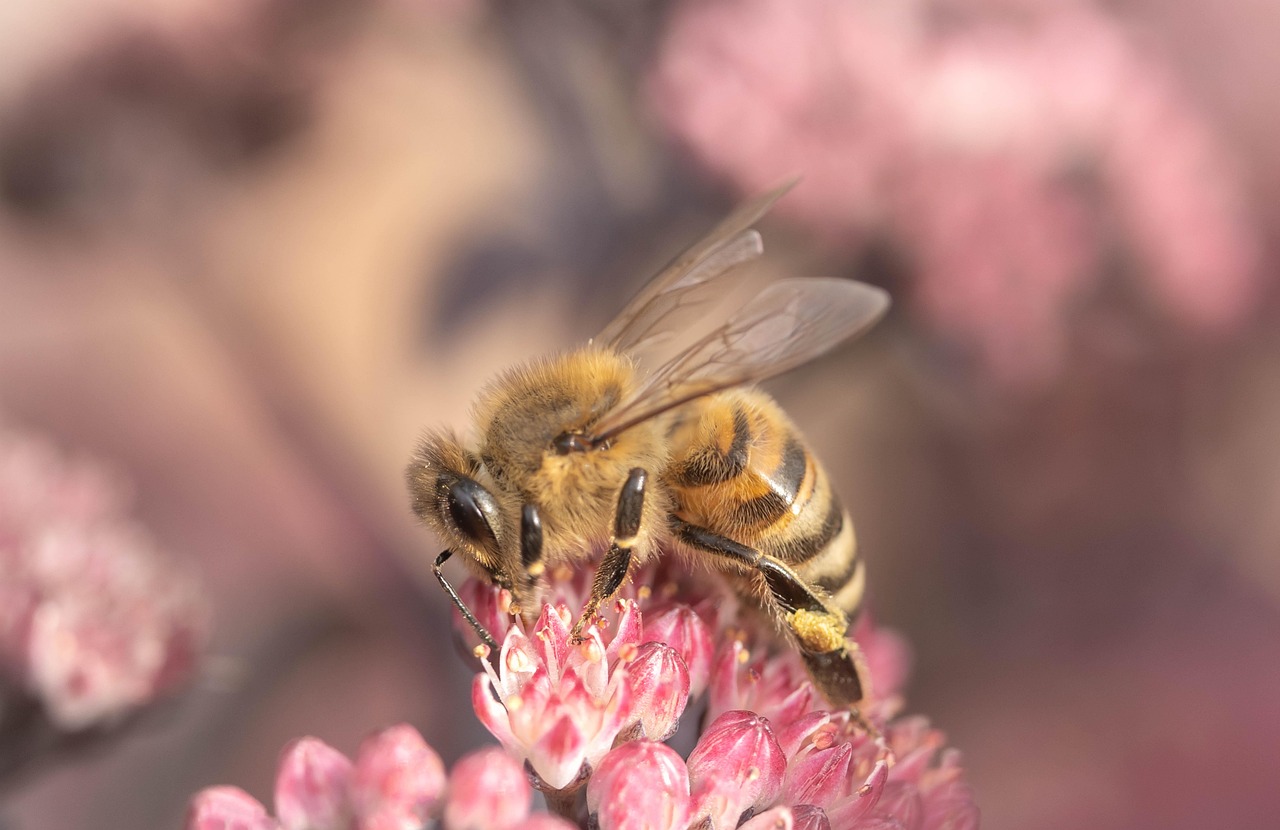
The famous waggle dance of honeybees represents one of the most sophisticated forms of animal communication outside of human language. When a scout bee returns to the hive after discovering a rich source of nectar, it performs an intricate dance that conveys precise information about distance, direction, and quality of the food source. But here’s where it gets truly remarkable—other bees can interpret this dance, remember the information, and successfully navigate to the exact location described. This isn’t just instinctual behavior; it’s abstract communication that requires the dancer to translate spatial memories into symbolic movements and the audience to decode these symbols into actionable knowledge. Recent research has shown that bees can even adjust their dances based on wind conditions and other environmental factors, demonstrating a level of cognitive flexibility that suggests conscious decision-making.
Tool Use and Problem-Solving Among Six-Legged Geniuses
When we think of tool use in animals, we typically picture primates or crows, but insects have been quietly demonstrating their own impressive problem-solving abilities. Certain species of wasps use small stones to pound and smooth the soil around their nests, essentially using tools to improve their homes. Ants have been observed using leaves as rafts to cross water and employing twigs to extract honey from narrow crevices. Some beetles roll balls of dung that are perfectly sized for their strength and intended use, adjusting the size based on the terrain they need to traverse. These behaviors go beyond simple programming because they require the insects to assess their environment, select appropriate materials, and modify their actions based on changing circumstances. The fact that these behaviors can be learned and improved over time suggests that insects possess the cognitive flexibility we associate with conscious thought.
Emotional States in Miniature: Fear, Optimism, and Mood
One of the most surprising discoveries in insect research is evidence suggesting these creatures experience emotional states similar to our own. Bees that have been attacked by predators show long-lasting changes in behavior, becoming more cautious and less likely to investigate new flowers—a response that looks remarkably like anxiety or fear. Even more intriguingly, bees that have been fed sugar water (a pleasant experience) demonstrate what researchers call “optimistic” behavior, more readily approaching ambiguous stimuli that might be either rewarding or punishing. This suggests that insects don’t just respond to immediate stimuli but carry emotional states that color their perception of the world around them. Fruit flies subjected to unpredictable negative experiences develop behaviors consistent with depression, showing reduced interest in normally appealing activities and requiring positive experiences to return to normal behavioral patterns.
The Anesthesia Test: Turning Off Insect Consciousness
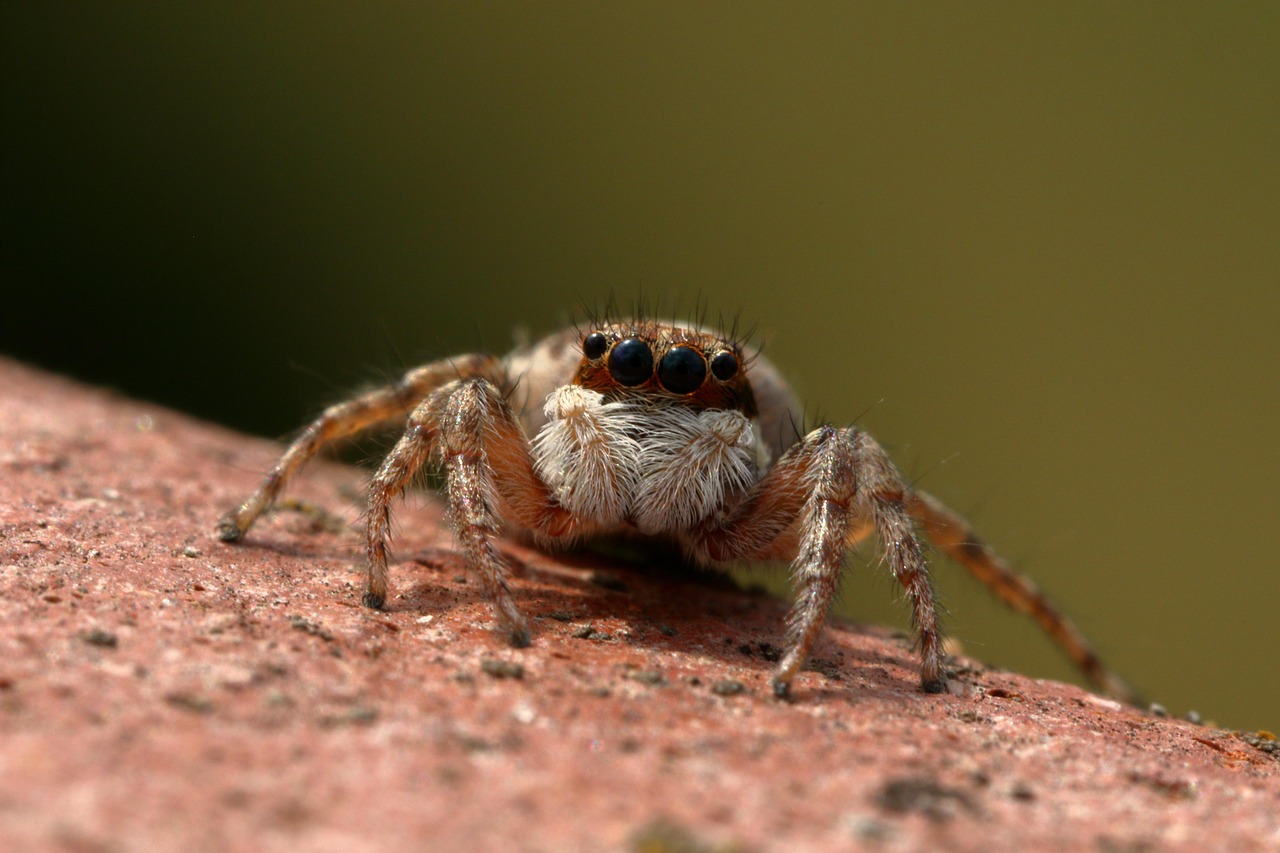
One of the most compelling pieces of evidence for insect consciousness comes from studies using anesthesia. When insects are exposed to the same anesthetic agents that render humans unconscious, they show remarkably similar responses. Their normal behavioral patterns cease, they become unresponsive to stimuli that would normally trigger strong reactions, and they appear to lose awareness of their surroundings. Most tellingly, when the anesthesia wears off, insects show signs of grogginess and disorientation, gradually returning to normal awareness levels. This suggests that whatever processes constitute consciousness in insects can be disrupted by the same chemical agents that affect human consciousness. The fact that different anesthetics produce different effects on insect behavior further supports the idea that these creatures possess some form of subjective experience that can be chemically altered.
Memory Formation and Personal Experiences
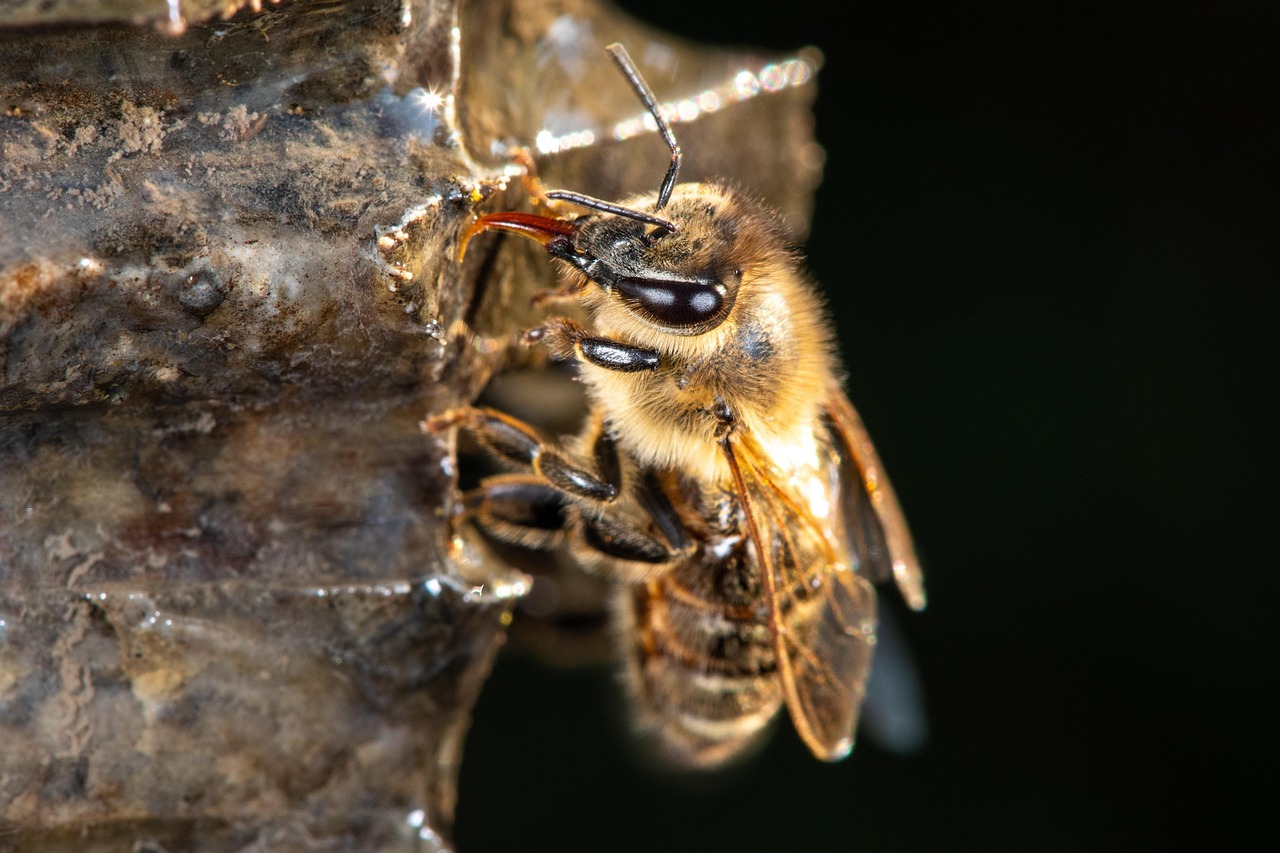
Insects demonstrate the ability to form both short-term and long-term memories, with some memories lasting their entire lifetimes. Bees can remember the locations of hundreds of flowers, the times of day they’re most productive, and the most efficient routes between them. But what’s truly fascinating is that insects seem to form what we might call autobiographical memories—memories of personal experiences that shape their future behavior. A bee that has been stung by a predator at a particular location will avoid that area for weeks, even when the danger has passed. Crickets that have lost fights become less aggressive in future encounters, carrying the memory of defeat with them. These aren’t just conditioned responses; they’re complex memories that include contextual information about time, place, and circumstance, suggesting that insects have some form of self-awareness and personal history.
Social Intelligence and Individual Recognition

Many insects live in complex social structures that require sophisticated cognitive abilities to navigate successfully. Paper wasps can recognize individual faces of their nestmates and remember their social relationships with each individual. This facial recognition ability rivals that of humans and requires the wasp to process, store, and recall detailed visual information about potentially hundreds of individuals. Ants maintain complex social hierarchies and can remember the roles and capabilities of their nestmates, adjusting their behavior accordingly. Some species of bees can even recognize human faces and remember whether particular humans have been helpful or threatening in past encounters. This level of social cognition suggests that insects possess theory of mind—the ability to understand that other individuals have their own knowledge, intentions, and experiences.
The Integrated Information Theory and Insect Minds
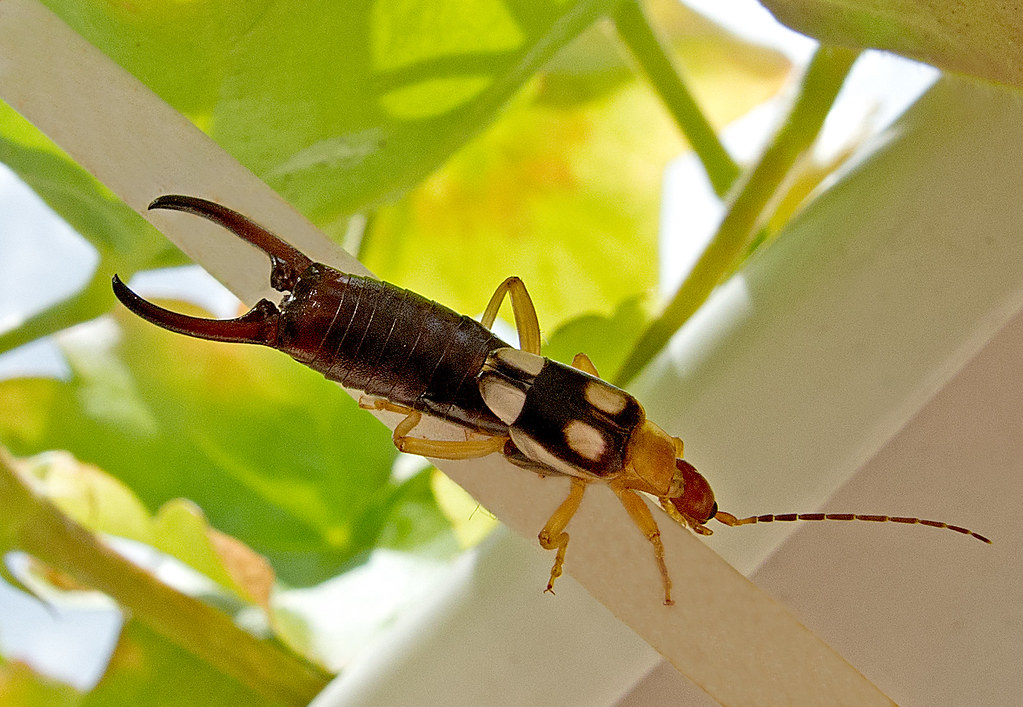
Scientists have developed various theories to explain consciousness, and one of the most promising is Integrated Information Theory (IIT). According to IIT, consciousness arises when information is integrated across different parts of a neural network in specific ways. When researchers apply this framework to insect brains, they find that these tiny neural networks do indeed integrate information in patterns that suggest conscious experience. The mushroom bodies, in particular, show high levels of information integration, connecting sensory inputs with memory systems and motor outputs in ways that create unified experiences. While an insect’s consciousness might be vastly different from our own, the mathematical principles underlying IIT suggest that these creatures do experience some form of subjective awareness. This scientific framework provides a way to measure and compare consciousness across different species, potentially revolutionizing our understanding of mental experiences throughout the animal kingdom.
Attention and Focus in the Insect World
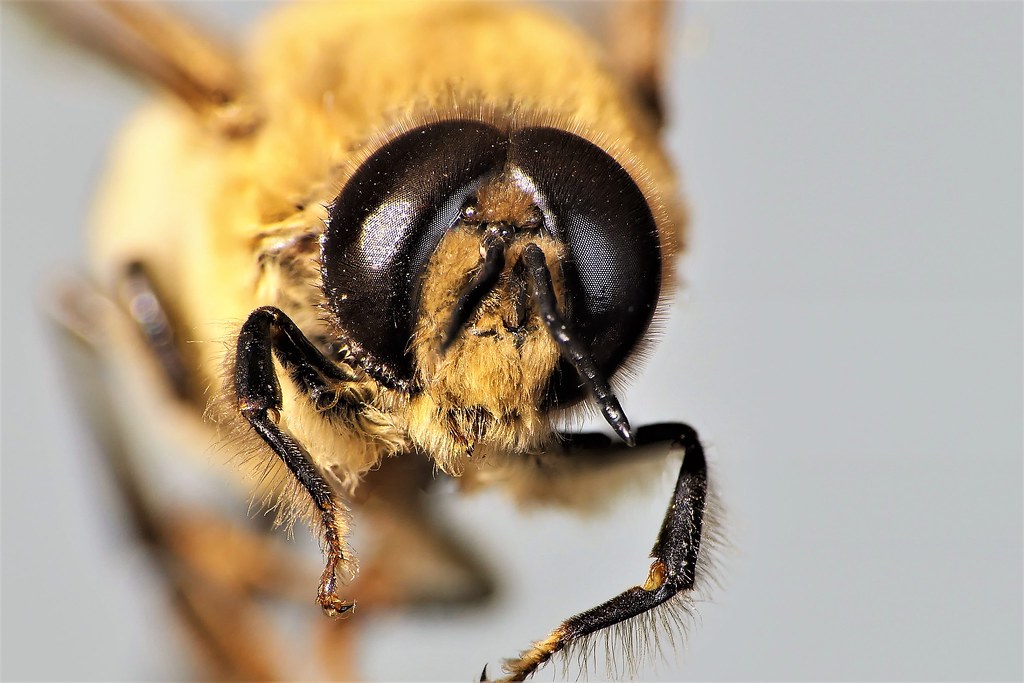
Recent neuroscience research has revealed that insects possess sophisticated attention mechanisms that allow them to focus on relevant information while filtering out distractions. Bees hunting for nectar can maintain focus on their target flowers while ignoring irrelevant visual stimuli, demonstrating what psychologists call selective attention. Even more remarkably, insects can shift their attention based on their internal states—a hungry bee will focus more intensely on flower-related cues than a well-fed one. Dragonflies, master predators of the insect world, can track multiple prey simultaneously while maintaining focus on their primary target, a feat that requires complex neural processing and conscious control of attention. These attention mechanisms suggest that insects have some form of conscious control over their mental processes, deciding what to focus on and what to ignore based on their goals and circumstances.
The Philosophical Implications of Insect Consciousness
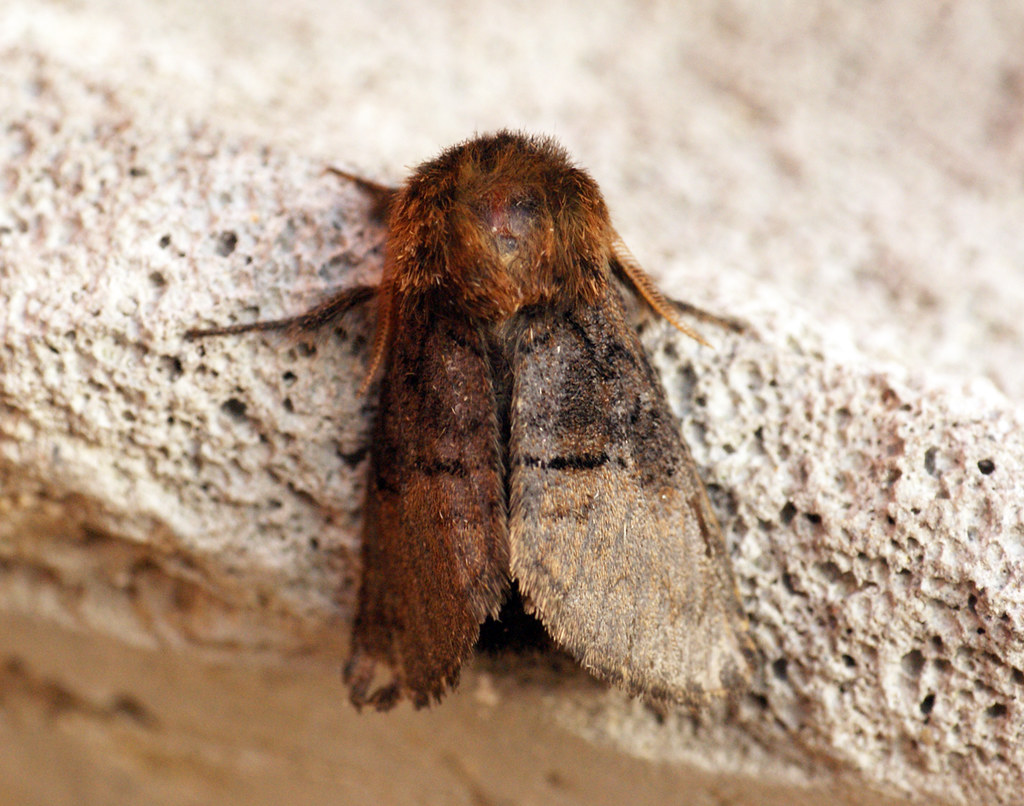
If insects are indeed conscious, the implications stretch far beyond the scientific realm into philosophy, ethics, and our understanding of life itself. We would need to reconsider our relationships with creatures we’ve long viewed as biological robots, acknowledging that billions of conscious beings surround us every day. The sheer number of insects on Earth—an estimated 10 quintillion individuals—means that conscious experiences might be far more common in the universe than we ever imagined. This discovery would challenge our human-centered view of consciousness and force us to develop new ethical frameworks for how we interact with the natural world. Some philosophers argue that if insects are conscious, then consciousness might be a fundamental feature of complex information processing systems, potentially extending to artificial intelligence and other non-biological entities.
Future Research and Technological Advances
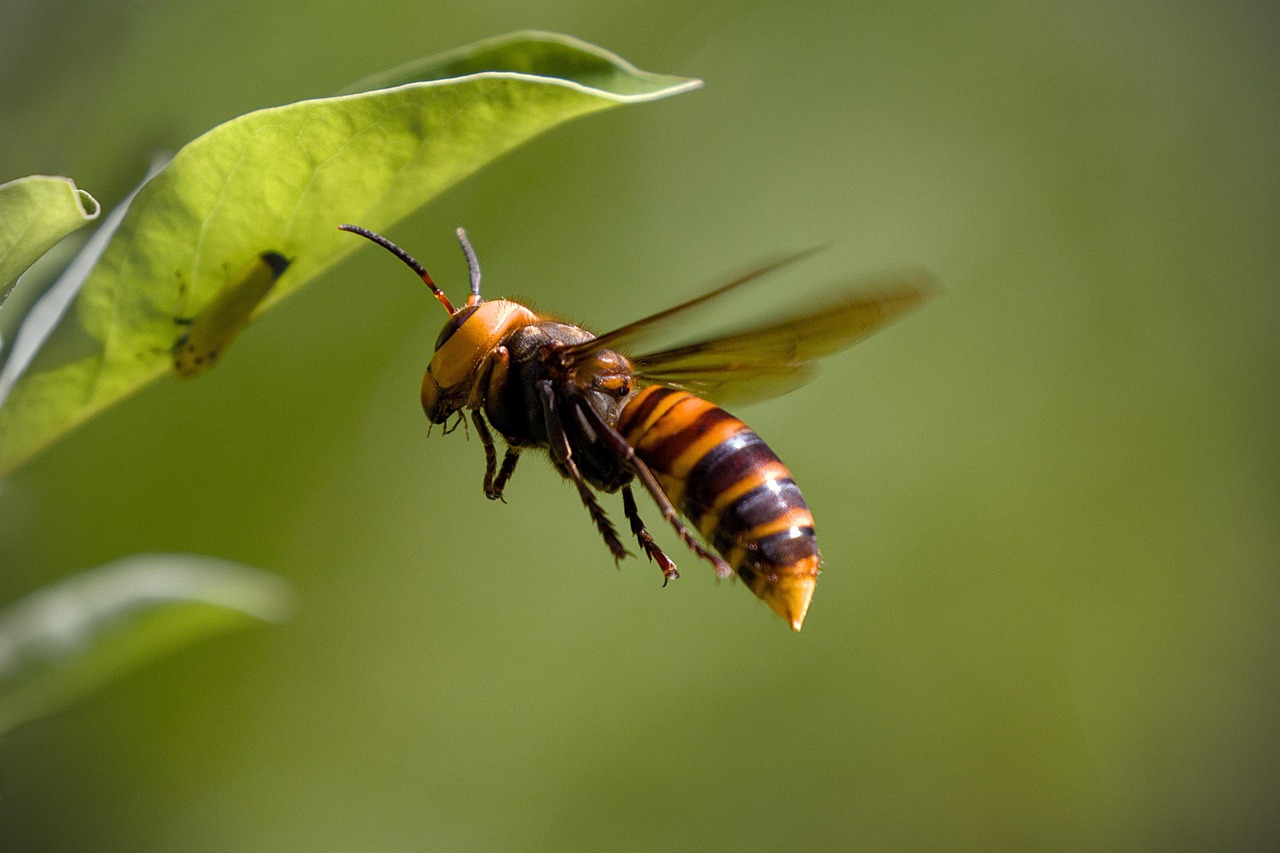
The field of insect neuroscience is rapidly advancing, with new technologies allowing researchers to peer deeper into the minds of these tiny creatures. Advanced brain imaging techniques can now monitor the activity of individual neurons in living insects, revealing the real-time neural correlates of behavior and decision-making. Scientists are developing increasingly sophisticated tests of consciousness, moving beyond simple behavioral observations to measure neural signatures of awareness. Genetic tools allow researchers to selectively activate or deactivate specific brain regions, helping to identify the neural circuits responsible for different aspects of consciousness. As our understanding grows, we may discover that consciousness exists in forms we never imagined, distributed across biological networks in ways that challenge our most basic assumptions about what it means to be aware.
The evidence mounting from laboratories around the world paints a picture that would have seemed impossible just decades ago—insects may indeed possess forms of consciousness that, while different from our own, represent genuine subjective experiences. These tiny creatures feel pain, form memories, experience emotions, and make decisions based on their internal states. They sleep and possibly dream, communicate complex information to others, and demonstrate cognitive abilities that suggest rich inner lives. As we continue to unravel the mysteries of insect minds, we’re not just learning about consciousness in its smallest forms—we’re discovering that awareness might be woven into the very fabric of life itself. The next time you watch a bee visiting flowers in your garden, remember that you might be witnessing not just biological programming, but the thoughts and experiences of a conscious being navigating its world with purpose and intention. What does that change about how you see the natural world around you?

